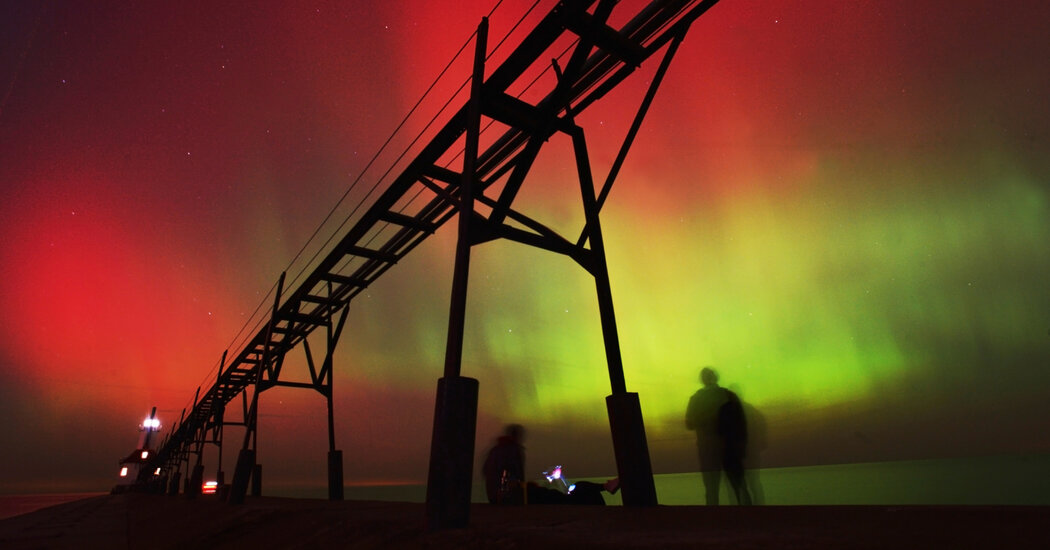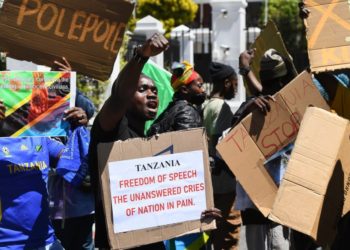A strong geomagnetic storm striking Earth could make the northern lights visible this week in places farther south than usual.
Where could I see them?
In the United States, the lights, also known as the aurora borealis, could be visible on Thursday night from New York to Washington State, and possibly as far south as the Midwest and Oregon. Conditions are expected to remain favorable on Friday night, too.
People in parts of northern Britain are also expected to be able to see the aurora on Thursday night. The Met Office Space Weather Operations Center said the lights were most likely to be seen in Scotland, where the clearest skies are forecast for the northeast. Visibility may also extend to Northern Ireland and northern England, the center said, with brief glimpses possible from Wales and central England, though these areas were expected to experience a mostly cloudy night.
The aurora is best viewed after sunset or before sunrise, and away from city lights.
What’s causing the display?
Scientists Space Weather Prediction Center, which is part of the National Oceanic and Atmospheric Administration, issued a G3, or “strong,” alert for a geomagnetic storm early Thursday morning. The storm is expected to continue through Friday.
The weather prediction center’s scale for geomagnetic storms runs from G1, which is a “minor” storm, to G5, or an “extreme” storm. A G3 storm can cause limited power and communication disruptions.
The post You Could Catch a Glimpse of the Northern Lights This Week appeared first on New York Times.




